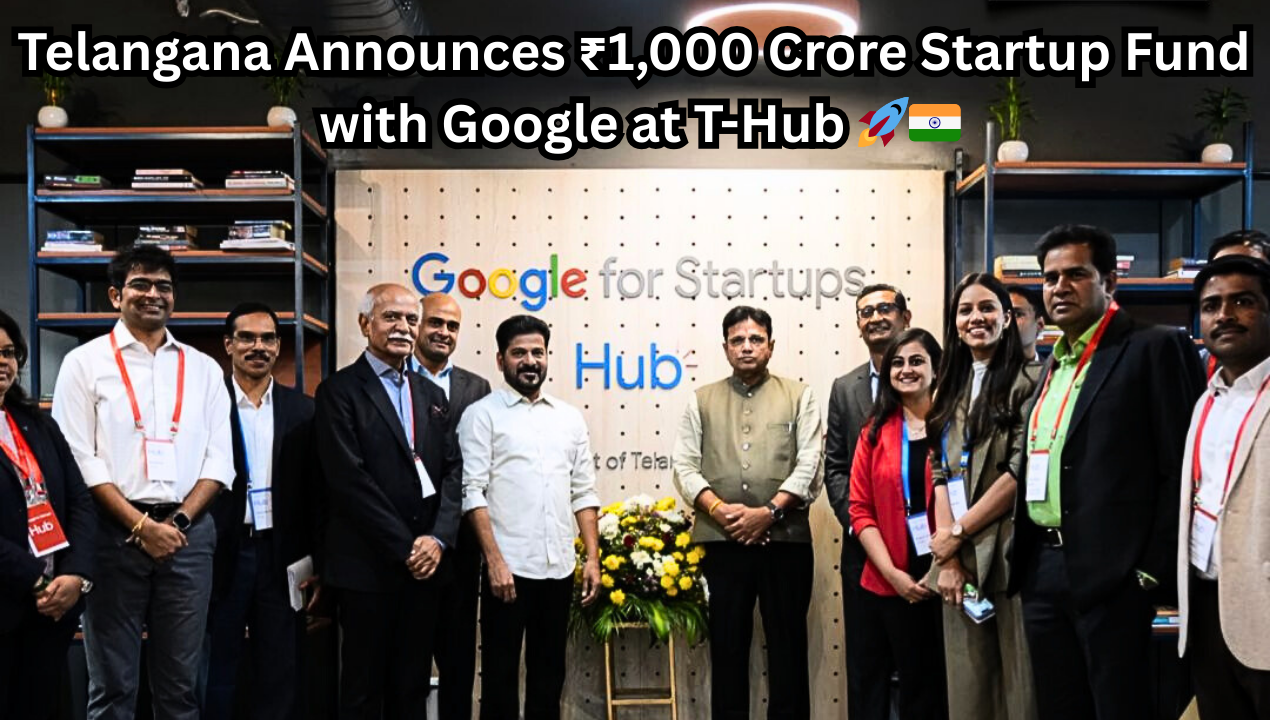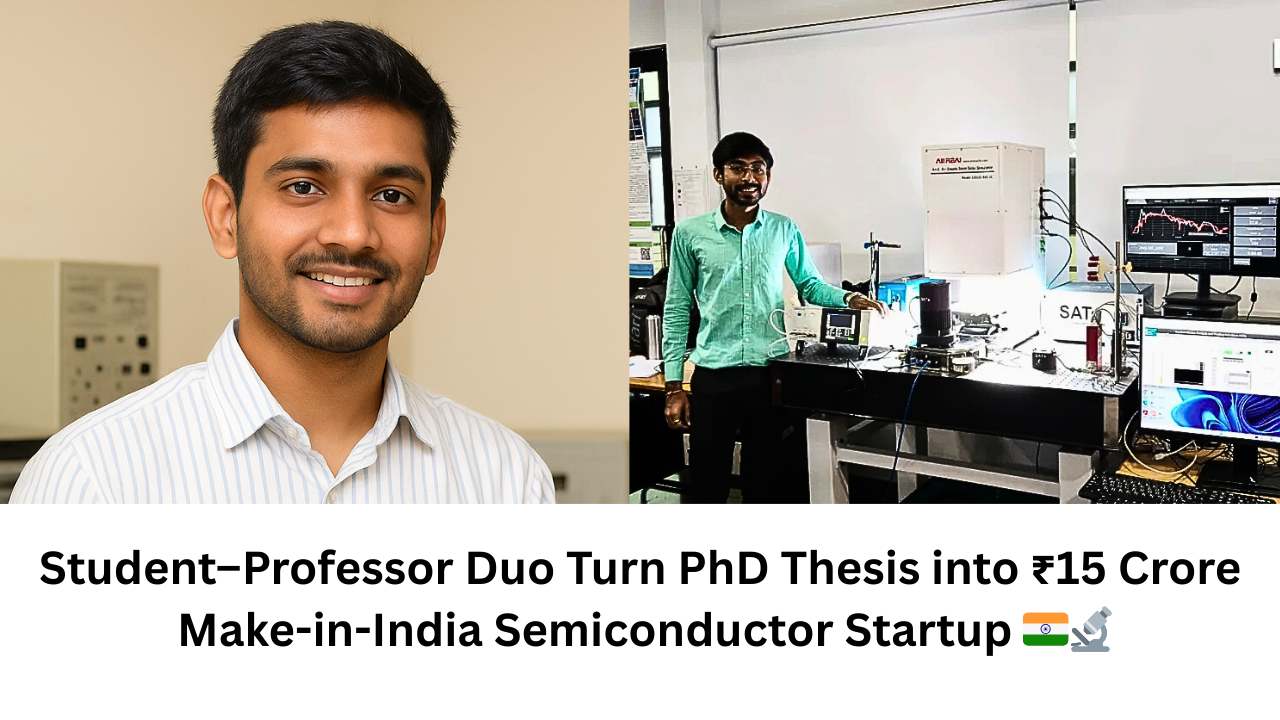In a landmark announcement that signals a new era for computing, Google CEO Sundar Pichai confirmed that the company’s quantum computing division has achieved a major technical milestone. The revelation was made public via an X (formerly Twitter) post and accompanying corporate blog, underscoring Google’s latest quantum achievement: the first ever verifiable quantum advantage executed on the company’s “Willow” quantum processor
What happened
- Google’s latest quantum chip, named Willow, ran a custom algorithm dubbed “Quantum Echoes” (an out-of-time-ordered-correlator type task) and reportedly performed the task about 13,000 times faster than the best classical algorithm running on one of the world’s top-end supercomputers.
- Crucially, the result is described as verifiable — meaning the output can be replicated or confirmed by other quantum systems or experimental methods, which sets this apart from earlier claims of “quantum supremacy” that had raised questions.
- In his post, Pichai stated: “Our Willow chip has achieved the first-ever verifiable quantum advantage … This new algorithm can explain interactions between atoms in a molecule using nuclear magnetic resonance, paving a path towards future uses in drug discovery and materials science.”
Why it matters
- Technology leap: Running a quantum algorithm so much faster than classical counterparts, and having results that are verifiable, brings quantum computing a step closer to practical applications rather than just experimental proof-of-concepts.
- Applications ahead: The Quantum Echoes algorithm can model atomic or molecular interactions (via nuclear magnetic resonance techniques) — a capability that could accelerate innovation in drug discovery, materials science, battery research and beyond.
- Industry implications: By showcasing a quantum device with verifiable advantage, Google strengthens its position in the global quantum race (where players include IBM, Microsoft, and major government-backed research programs).
What’s next / the caveats
- Despite the breakthrough, Pichai and Google are cautious: They note that broad-scale, fault-tolerant quantum computers are still some years away. “Within five years we’ll see real-world applications that are possible only on quantum computers,” one related blog post noted.
- Technical hurdles remain: scaling up qubit count, improving error correction, increasing coherence times and building systems that integrate with existing classical/quantum hybrid architectures.
- Real-world impact will depend on ecosystem build-out: hardware, software, quantum-aware algorithms, workforce, and commercial models all must mature.
The big picture
This announcement by Sundar Pichai and Google marks a milestone in the “quantum era” of computing. While it may not immediately translate into consumer-facing products, the implications are profound:
- For researchers: a new tool to understand molecular and material systems with unprecedented precision.
- For industries: the first credible sign that quantum computing might move from lab to production in areas like pharma, energy, materials.
- For the tech landscape: a clear signal that quantum is leaving the “hype” phase and entering a phase where verification, repeatability and real-world relevance matter.








